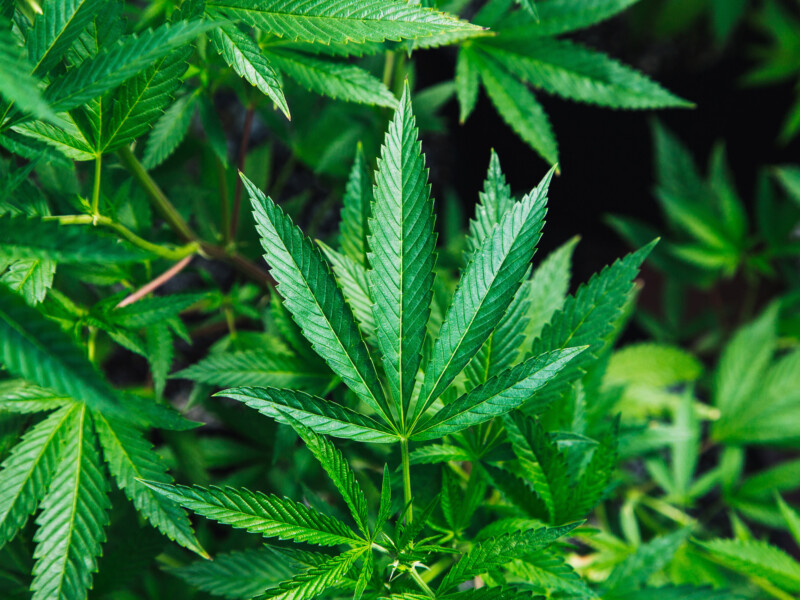
Food and beverage companies continually develop their products and work to streamline operations to remain both profitable and relevant as consumer palates and markets change, ingredient prices or availabilities shift, and new processes or machinery become available. These evolutions are critical to success, but they can also be expensive. Fortunately, many product development efforts and factory upgrades may be eligible for state and federal research and development (R&D) tax credits, which reduce taxes more than applicable tax deductions would. These often-underused tax credits can free up cash for further investment as they directly lower food and beverage companies’ taxable income and lighten their tax burden.
The basic requirements for the federal R&D tax credit are:
- the expense is directly related to creating a new product or process, improving an existing product or process, or attempting to do so;
- there is some technical uncertainty about the best way to create or improve the product or process; and
- you are using science, engineering, or computer science to resolve technical uncertainty during development or production.
R&D tax credits may help you with more than your federal tax obligations. Many state tax authorities apply standards identical or similar to those of the IRS, and some states also exempt R&D-related materials from sales and use tax. Learning which business operations fit the federal R&D tax credit standard may therefore help reduce your bottom line on multiple tax bills.
What qualifies? Much of the development that food and beverage companies do every day involves R&D. For instance, if you want to expand the functionality of a piece of manufacturing equipment instead of buying new equipment for a specific task, the time you spend exploring your options, the supplies you buy for that effort, and any time and materials required to test and further refine the functionality of the adaptations count as R&D costs.
Food development expenses can qualify too. If you make cookies and want to begin offering a vegan version of those cookies, and say, for example, you are unsure how the substitute ingredients will affect the cookie’s texture, the ingredients you buy to test new vegan cookie recipes count as R&D supplies because of the technical uncertainty as to whether they will produce a good cookie texture.
Did your attempts to create a new cookie, a new carbonation system or an improvement on your packaging system fail? There is still good news. Even abandoned or unsuccessful attempts to develop or improve a new product or process qualify for the federal R&D tax credit, as long as they satisfy the other R&D criteria.
Don’t sell yourself short when seeking R&D tax credits. In addition to the cost of supplies and the more obvious purchases, you can also count the portions of employees’ salaries directly attributable to the time they spend on R&D work and 65% of the money paid to outside contractors for R&D. There are some limitations to what you can claim for contract research expenses, however, so speak to an R&D specialist before claiming them.
Of course, not all product or process developments qualify for R&D tax credits. Routine maintenance, replacing parts, and quality control (QC) tests do not count as R&D when there is insufficient technical uncertainty involved. A new version of an existing part should work the same way as the old version and QC is testing for known issues, not to resolve an unknown. However, carefully documenting exactly what was involved in a particular equipment upgrade could demonstrate that it involved R&D after all, so don’t slack on keeping track of the time, expenses and goals even if you think a particular effort won’t qualify.
Accurate and timely documentation is key. To maximize access to R&D credits, document employee and contractor work accurately and ensure your accounting and asset management systems categorize R&D supplies separately from other parts and supplies. Engineers, product development teams, and anyone involved in R&D work should write a brief description of each R&D project, taking care to highlight the technical uncertainty they sought to resolve and the work they did to develop the new product or process.
The best defense is a good offense, so consultation with an accountant or attorney who specializes in R&D tax credits will help you protect your company, maximize your allowable R&D savings, and even strategize how forthcoming developments will qualify. Contact Cassandra Larae-Perez, Gravel & Shea’s Food and Beverage attorney to learn more.




